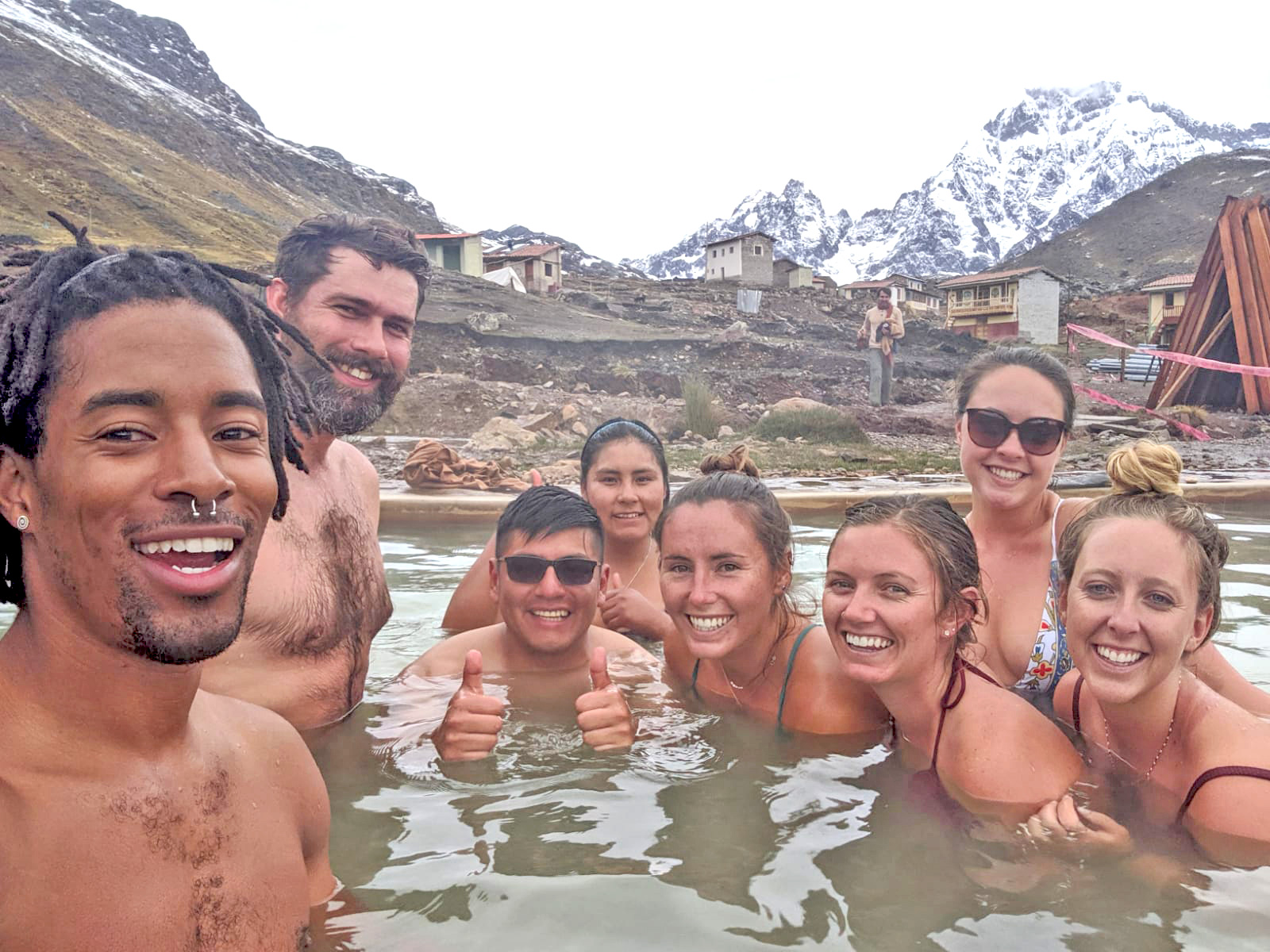Looking to explore the breathtaking beauty of Ausangate? Don’t miss the chance to visit the Ausangate 7 Lakes! Immerse yourself in the stunning landscape of the Andes Mountains and witness the crystal-clear waters of the lakes. Discover more about Ausangate 7 Lakes here.

Are you looking for an adventure in Peru that will take your breath away? Look no further than the Ausangate Lakes Tour! This incredible journey will lead you through the stunning Andes Mountains and introduce you to the crystal-clear waters of the Ausangate Lakes. Here are 20 fascinating facts about this remarkable destination that will inspire you to book your trip today.
Search
